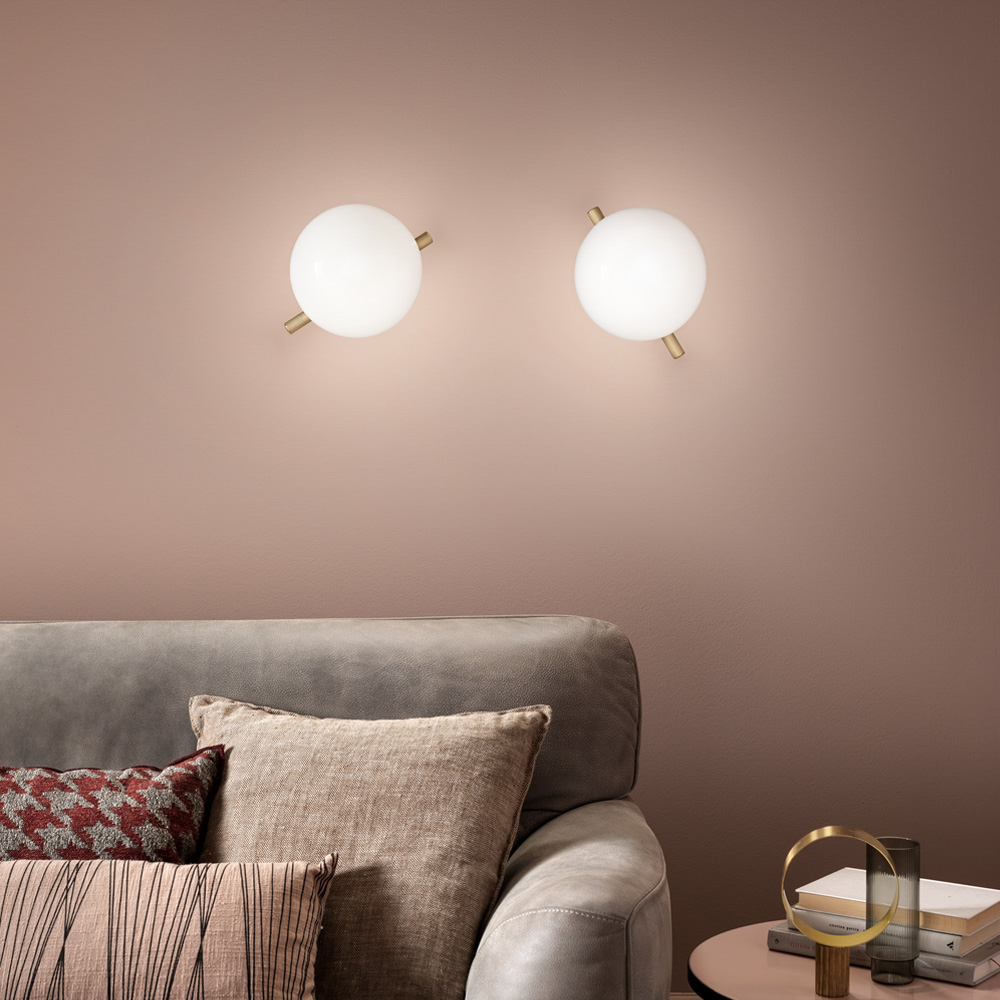
Exploring the Magnificent Ceiling Art of Pakistan in 2020
Ceiling art in Pakistan represents a significant part of the country’s cultural heritage. The intricate designs, enamoring colors, and motifs in the ceiling art are a reflection of the country’s rich history and ancestry. Pakistan has a diverse range of architecture dating back to the 2nd millennium BCE, from the historic walled city of Lahore to the incredible Badshahi Mosque. The significant influence of Persian and Islamic art on the country further enhances the beauty of its ceiling art. In this article, we will explore the ceiling art of Pakistan and take a closer look at the most popular and breathtaking examples.
History and Evolution of Ceiling Art in Pakistan
Ceiling art has been a significant element of Pakistan’s architecture since the early days of civilization. The country’s rich cultural history and diverse ethnicities have influenced the evolution of ceiling art. The conventional ceiling art in Pakistan was made of wood, stone, and brick in palaces, forts, and shrines. However, with the arrival of Muslims, they brought their style and techniques of ceiling art with them. The Islamic empire in the subcontinent witnessed a significant revival of the decorative arts, and the Islamic motifs and calligraphic designs became a part of the ceiling art in Pakistan.
The Popular Examples of Ceiling Art in Pakistan
Pakistan is home to some of the most stunning and awe-inspiring ceiling art in the world. Here are some examples of popular ceiling art in Pakistan.
The Badshahi Mosque Ceiling Art
The Badshahi Mosque was built by the Mughal Emperor Aurangzeb in the mid-17th century. The mosque is one of the most iconic landmarks in Pakistan, and it boasts of an incredible ceiling art workmanship. The ceiling of the mosque is decorated with intricate geometrical patterns, Arabic calligraphy, and floral designs, giving an exemplary view of Islamic art.
The Wazir Khan Mosque Ceiling Art
The Wazir Khan Mosque, constructed in the 17th century, is one of the oldest and most stunning mosques in Pakistan. The mosque is renowned for its fine and delicate ceiling art paintings and mosaic murals. The ceiling depicts the intricate floral designs in blue, green, and white, which are typical of Mughal architecture.
The Shalimar Gardens Ceiling Art
The Shalimar Gardens in Lahore is another testament to the incredible architecture of Pakistan. The Gardens are a UNESCO World Heritage Site, and they feature a stunning ceiling art reflecting Islamic designs. The ceiling art features geometric patterns, floral motifs, calligraphic inscriptions, and multi-colored tiles.
The ceiling art in Pakistan is the legacy of the Mughal empire, and it has a continued influence on Islamic art. Despite the centuries passed, the ceiling art in Pakistan has retained its remarkable beauty and grandeur. Visitors who pass through different regions of Pakistan can witness the mesmerizing beauty of ceiling art in mosques, palaces, shrines, and gardens. The ceiling art of Pakistan is not only a reflection of the country’s rich cultural heritage but a symbol of its elegance and sophistication.
